 Back to the Be Inspired Blog
Back to the Be Inspired Blog
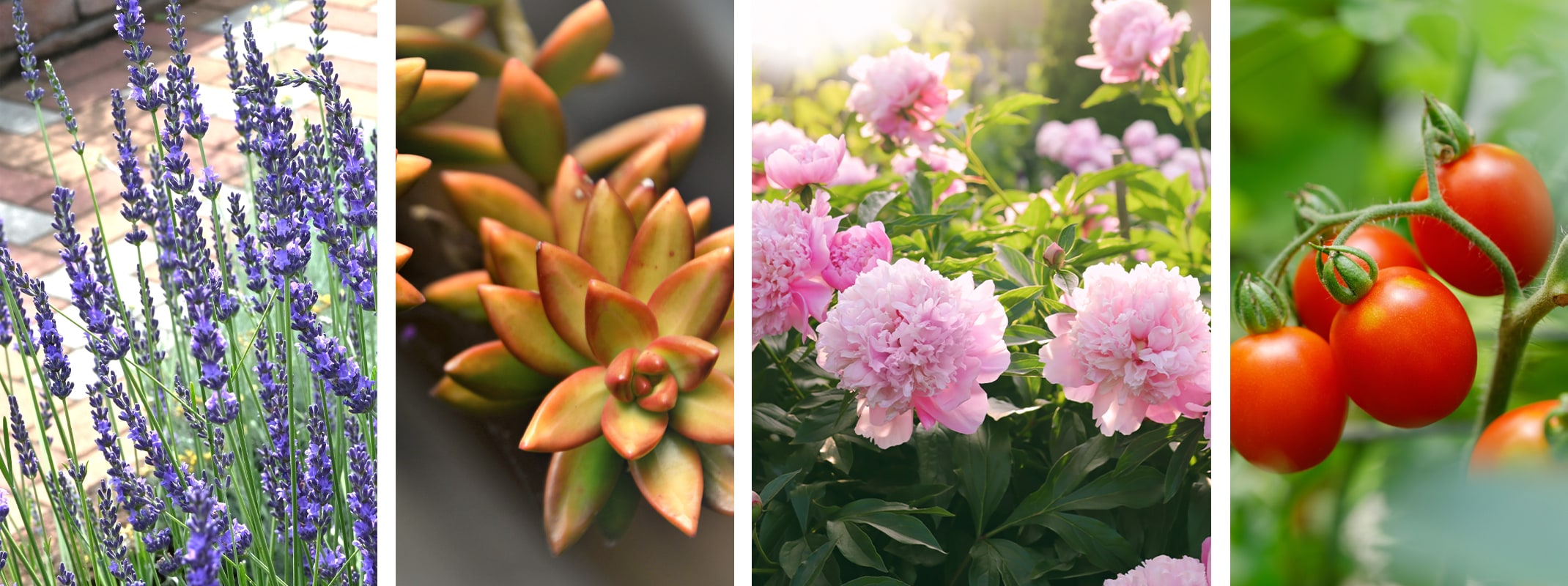
What are Hybrid Plants? An Overview of Most Popular Breeds
If you’re new to gardening or if you’re an experienced gardener, you’ve probably heard about hybrid plants and may have questions about them.
Keep reading to learn about hybrid plants from The Spruce, how plants are hybridized, the different types and much more; are you ready to learn?
What Are Hybrid Plants?
A hybrid plant is the result of cross pollinating two different plant varieties and growing the seed the mix produces. The plant that grows from that seed combination is called a hybrid. Commercial cross planting is done to get some type of valued attribute of each initial variety into the offspring. Hybrids might be developed for disease resistance, size of plant, flower, or fruit, increased flowering, color, taste or any reason a plant might be considered special. Today, many modern plants sold are hybrids.
How are Plants Hybridized?
For the initial crossing, pollen from one plant is transferred to the flower of another variety. Before doing so, the breeder must decide which plant they want to use as the female (the pistil) and which they want to take pollen from (the stamen, male parts).
The pistil is then pollinated manually, with the pollen. To prevent the plants from self-pollinating, all the stamens must be removed from the plants that are going to be pollinated. The fruits that form because of this cross pollination are harvested and the seeds are kept.
Finding the preferred result can take years of testing. First time hybrid plants are grown the following year and the plants they produce are checked out. If they meet expectations, the cross will be repeated and the seeds will be distributed the following year. If the results aren’t quite right, the breeder must try again. The breeder who first creates a hybrid owns the rights to it, which is why they can be more expensive than non-hybrids, or open pollinated, plants. Breeders guard the parentage of their hybrids closely.

What Happens When You Plant Seeds from Hybrid Plants?
Remember, because hybrids are a cross between varieties, the seed produced by hybrids will not grow true to seed. Seeds grown from a hybrid could exhibit traits of one or both parent plants or be something totally surprising. Other times, the seed is sterile and does not grow at all.
Are Hybrid Plants Unnatural?
Most hybrid plants are manmade crosses, but hybridization is possible in nature. Two plants close to each other of different species can be cross pollinated by insects or the wind and the resulting seed simply falls on the soil and grows into a hybrid. Few of the flowers and vegetables we grow today are in their original wild form.
8 Popular Hybrid Plants
Now that you know a little more about hybrid plants, let’s look at some of the most popular and successful crosses.
1. Mangave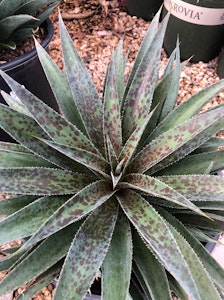
A Mangave is a hybrid plant created by crossing Agave and Manfreda species, combining the best traits of both. It grows faster than traditional Agaves, with rosettes of fleshy leaves that often feature unique patterns or spots. The colors range from blue and green to purple and red, which can shift with sunlight exposure. Mangaves have softer leaves than typical Agaves and are highly drought-tolerant, making them ideal for low-water gardens and striking landscape designs.
2. San Marzano Tomato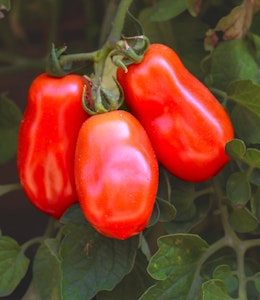
The San Marzano tomato is a hybrid variety known for its rich flavor and meaty texture, making it a favorite for sauces and Italian cuisine. It originates from Italy and is a type of plum tomato with an elongated shape and fewer seeds compared to other tomato varieties. The hybridization enhances its disease resistance and productivity, allowing it to thrive in a variety of growing conditions while still maintaining its characteristic sweet-tart balance and low acidity.
3. Sweet Corn
Much of U.S. corn grown are hybrid types. The characteristics of these varieties have made it easier for home gardeners to grow and they are sweeter than previous crops. Grow sweet corn in larger gardens in rows for successful pollination and subsequent ear development. Plant the seeds in deep, rich, well-drained soil and in an area that receives full sun. Sow the seeds about two weeks after the last frost occurs. Harvest the ears only during the short milk stage, when punctured kernels emit juices that are milky in color.
4. Olympia
Olympia is a hybrid of spinach, which is preferred due to its superior growth. The leaves are dark green and thick and the growth is upright. Olympia is a highly-recommended option for spring, summer, fall and overwintering. The hybrid spinach is highly resistant to bolting under high summer temperatures and long days. Olympia spinach is ready to harvest after about 48 days. The spinach can be sowed as soon as the soil is at about 40 degrees Fahrenheit and the seeds start germinating within one to two weeks.
5. Stargazer Lilies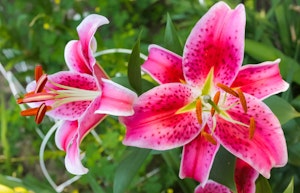
These oriental hybrids feature vibrant blooms that measure up to 8 inches in diameter, are very fragrant and come in red, purple, pink and white hues. They grow strongly during the summer and bloom in late summer. Plants are often marketed in the spring and can easily be grown as potted plants. For best results, plant bulbs in the fall or spring at three times the depth of their length. Water it regularly as the plant starts to grow and deadhead spent flowers to direct energy back to the bulb for next season’s growth.
6. Meyer Lemon Trees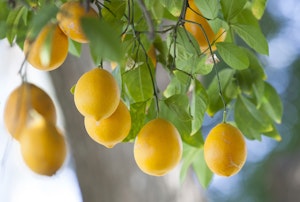
Meyer lemons, originally from China, are a cross between a true lemon tree and mandarin orange tree. The fruit is much sweeter than traditional lemons, which makes this variety a favorite of gardeners and chefs alike. Meyer lemon trees can be grown outside in climates warmer than zone 8, or can be grown in pots that are brought indoors during cooler months. Buy trees that are 2 to 3 years old and plant them in soil that is sandy, well-draining and slightly acidic. Keep the soil consistently moist but not too soggy.
7. Argemone Mexicana
This hybrid poppy is found in Mexico and now widely planted in many parts of the world. An extremely hardy plant, it is tolerant of drought and poor soil, often being the only cover on new road cuttings or verges. It has bright yellow latex, and though poisonous to grazing animals, is rarely eaten, but has been used medicinally by many people including those in its native area, the Natives of the western US and parts of Mexico. Mexicana seeds contain 22–36% of a pale yellow non-edible oil, called argemone oil or katkar oil, which contains the toxic alkaloid sanguinarine and dihydrosanguinarine. It has been isolated from the whole plant of Argemone mexicana.
8. Hybrid Lilies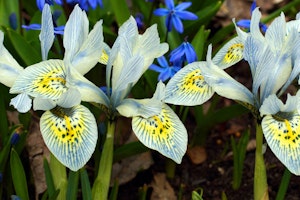
Hybrid lilies are classified as Asiatic hybrids and Oriental hybrids. Oriental hybrid lilies have large 6 to 8 inch, fragrant, pink, red, purple or white flowers. The flowers of the Asiatic hybrids are smaller and typically have no fragrance. The flowers come in bright shades of yellow, gold, rose, pink, white and orange. The Asiatic lilies naturally flower from late spring to early summer while the Oriental lilies naturally bloom during late summer. Hybrid lilies can easily be grown as potted plants when grown in the right medium with proper light and watering. Lilies are likely to develop leaf scorch from the fluoride found in most growing mediums. Hence, care should be taken that the medium does not contain superphosphate or perlite. The soil pH for Asiatic hybrids should be 6.5 and between 6.5 to 6.8 for the Oriental hybrids.
Start Planting
Hybrid plants are the new normal when done by a breeder, but they can be created organically in nature. Were you surprised by any of the popular hybrid plants listed above? Did you know some of them were even hybrids? Check out our other blog posts for more information on gardening, and visit our locations page to find a store near you!

